

It seems like everybody's into content marketing these days.
In fact, research from the Content Marketing Institute found that the majority of B2B marketers are looking to increase content creation.

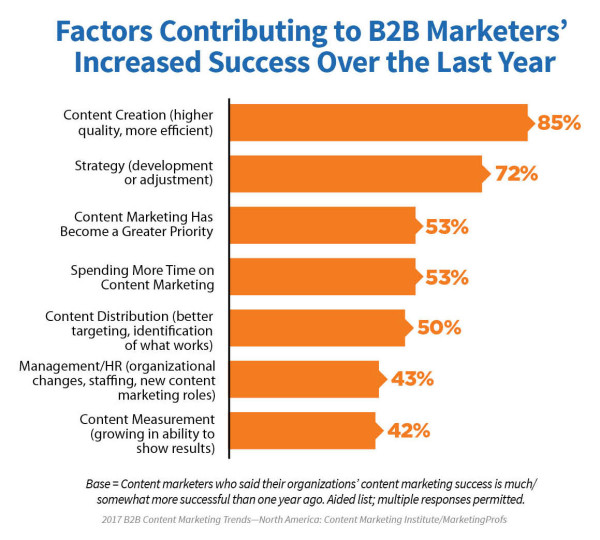
It's tempting to jump in and start content marketing yourself.
But that's how people make mistakes.
Research, timing, and content are important factors that can be misused if not fully understood.
We all make mistakes, but instead of making your own, learn from people who have been there before.
1. Don't steal other people's contentEverything you put online is available to steal.
There are some steps you can take to stop people from stealing from you.
If you find content stolen from you, the easiest way to have it removed is to file a DMCA notice.
This can be done through Google Webmaster Tools.

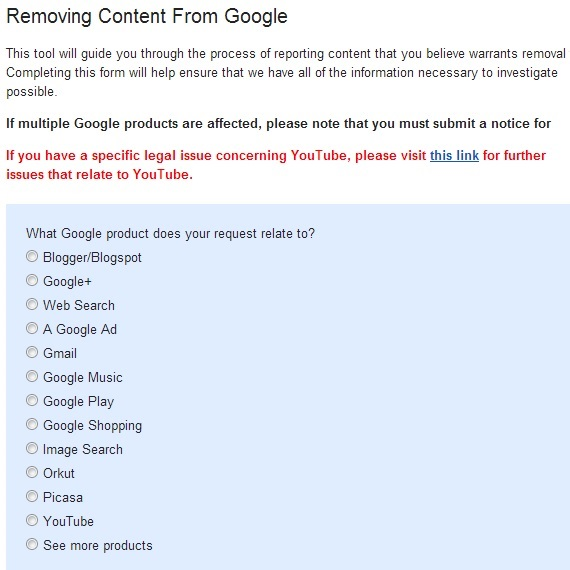
But that's how to stop people from stealing your content.
If you steal other people's content, you're likely to receive a DMCA notice of your own.
The Digital Millennium Copyright Act was enacted by the government to allow creators control over their content.
PewDiePie was recently hit with a DMCA takedown notice by Firewatch, a game he streams on his popular YouTube channel.
It's caused quite the controversy with fans of the game, who took to Steam to give it bad reviews over the incident.


Starting this kind of fight isn't worthwhile for either brand.
There's no ROI from court battles.
It's best to avoid such conflicts by ensuring that you only use content you're authorized to use.
I have a simple system I use to ensure I'm sourcing any content I reference from other sites.
It's polite to mention the name of the source and you should always include a backlink.
That way, you're quoting and citing a source, instead of stealing content.
2. Be careful who you associate withPartnering with other brands to create content is a great way to leverage both of your platforms to create a win for everybody.
It's also a quick way to lose a ton of fans.
People pay attention to who you associate with.
Disney learned this lesson the hard way when it had to cut ties with two of its popular Internet stars.
PewDiePie, mentioned above, lost his Disney contract in 2017 because of an anti-semitic video.
After a prank video, a public backlash started.
Although an innocent enough prank in context, Disney already fights rumors of its founder being anti-semitic.
Despite being a popular star for brands with a net worth of over $20 million, it had to sever ties.
PewDiePie wasn't the only one who lost his Disney contract.
YouTuber Jake Paul suffered a similar fate over the summer.


After his wild antics created controversy in the media and among neighbors, Paul was let go from his Disney contract.
It's a lesson a company as big as Disney had to learn the hard way in 2017 about content marketing.
Don't make the same mistake!
3. Don't push the boundaries too farThe reason Disney had to sever ties with both YouTube was that they pushed the boundaries too far.
It's common in content creation to want to push artistic boundaries. However, it's important not to go too far.
Consider this commercial for the Toyota's Rav4 featuring actor James Marsden.

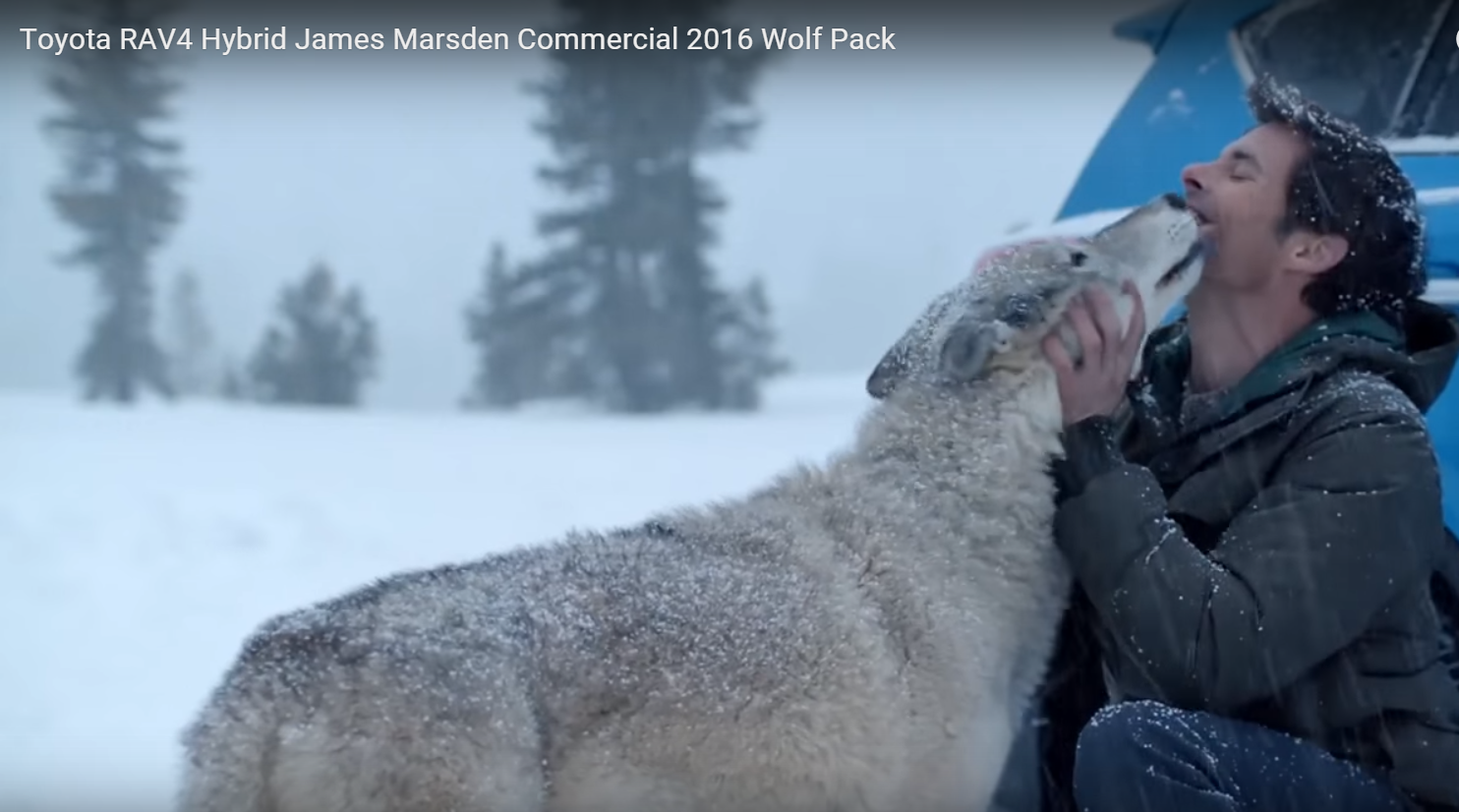
It features the actor going on wild adventures that take him to the wilderness where he makes a wolf family.
The commercial infers some very explicit acts between the man and his wolf pack, and they content isn't safe for work.
While it may have raised a few eyebrows, it's too lowbrow for some.
Keep your content as appealing as possible to gain the biggest wins.
4. Misquoting facts and figures is a no-noIt's been said that 43.7% of statistics are made up on the spot.

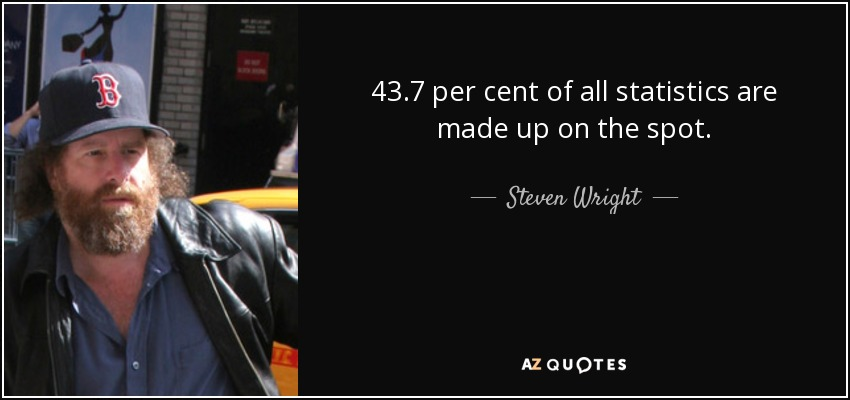
This number would be even more astounding if it were true.
The fact is, we don't know how many statistics are made up because there are a lot of them.
The best you can do is quote statistics from a reputable source.
Media, educational, and government websites are great places to double-check facts and figures before using them.
For example, check out the United States Census Bureau information at USA.gov.

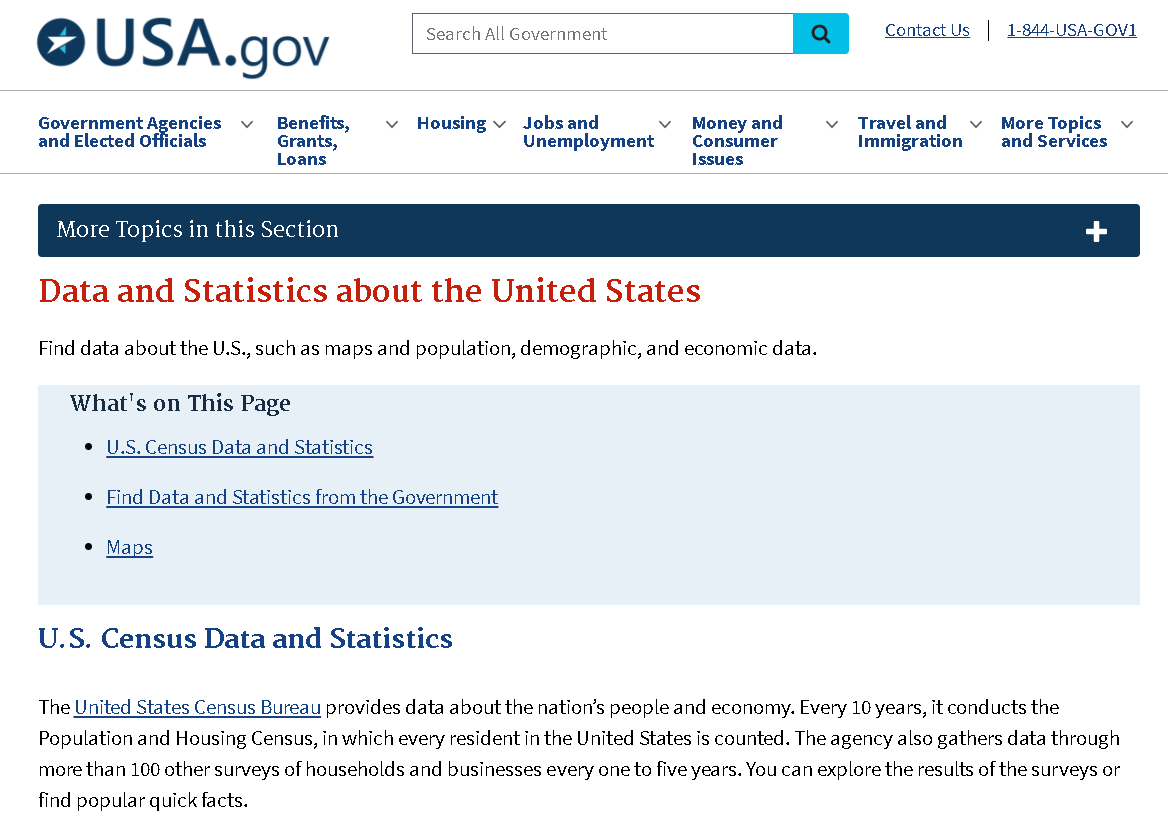
This provides some background on basic population demographics.
Of course, it's not the end-all, be-all of statistics.
You can also check out the U.S.Bureau of Labor statistics at BLS.gov.

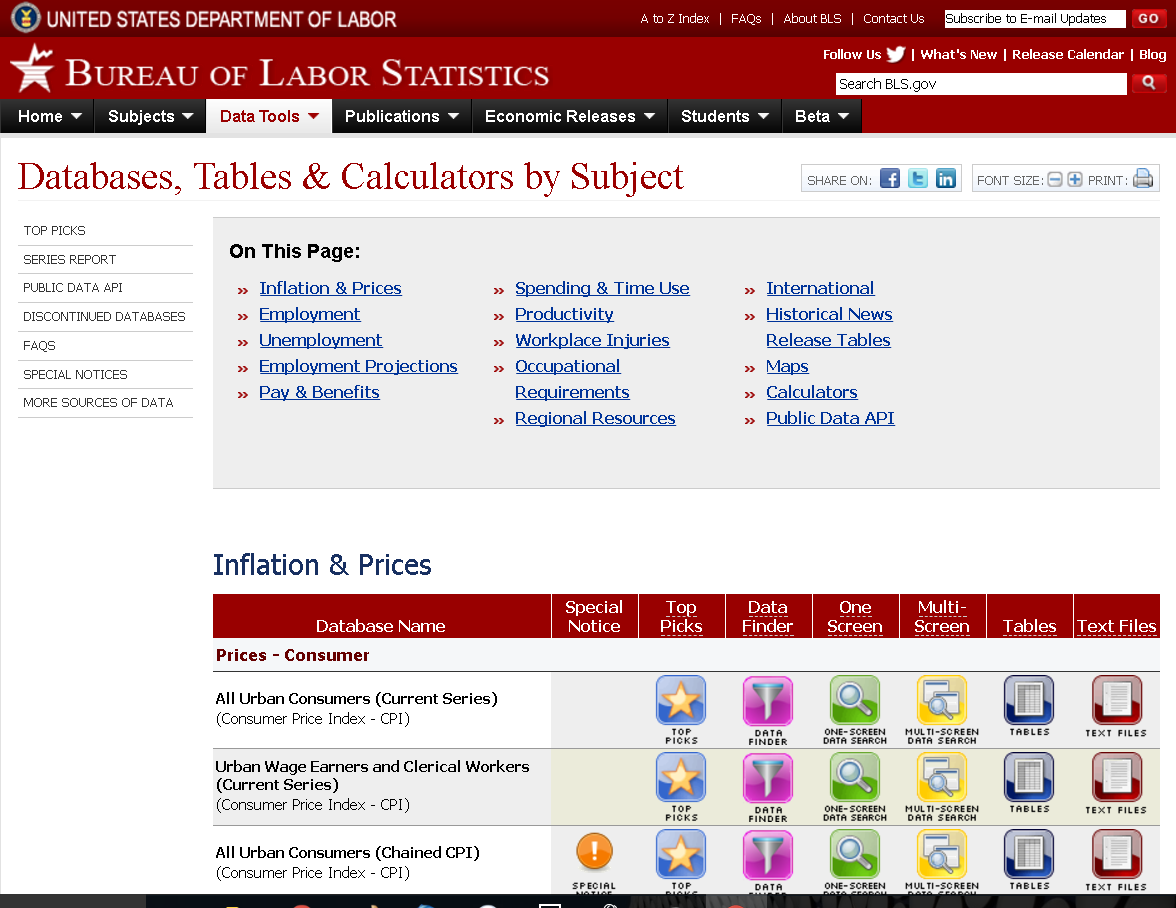
This database is updated with current employment, pay, productivity, and other statistics about our country's workforce.
Any studies or research you come across that counters information in this database is likely incorrect.
The Internet has no shortage of wrong answers, and you don't want to be a source of fake news or other misrepresented content.
Before quoting any statistics, graphs, or sources, be sure to thoroughly research their credibility.
5. Getting political gets messy fastAs you read my blogs and watch my videos, you'll notice a lack of political content.
I'll occasionally look at non-partisan numbers regarding politics and their usage in social media, but for the most part, I avoid it.
That's because my business doesn't involve politics, so I stay uninvolved.
Also, the American Psychological Association found the 2016 election to be a major source of stress in this country.

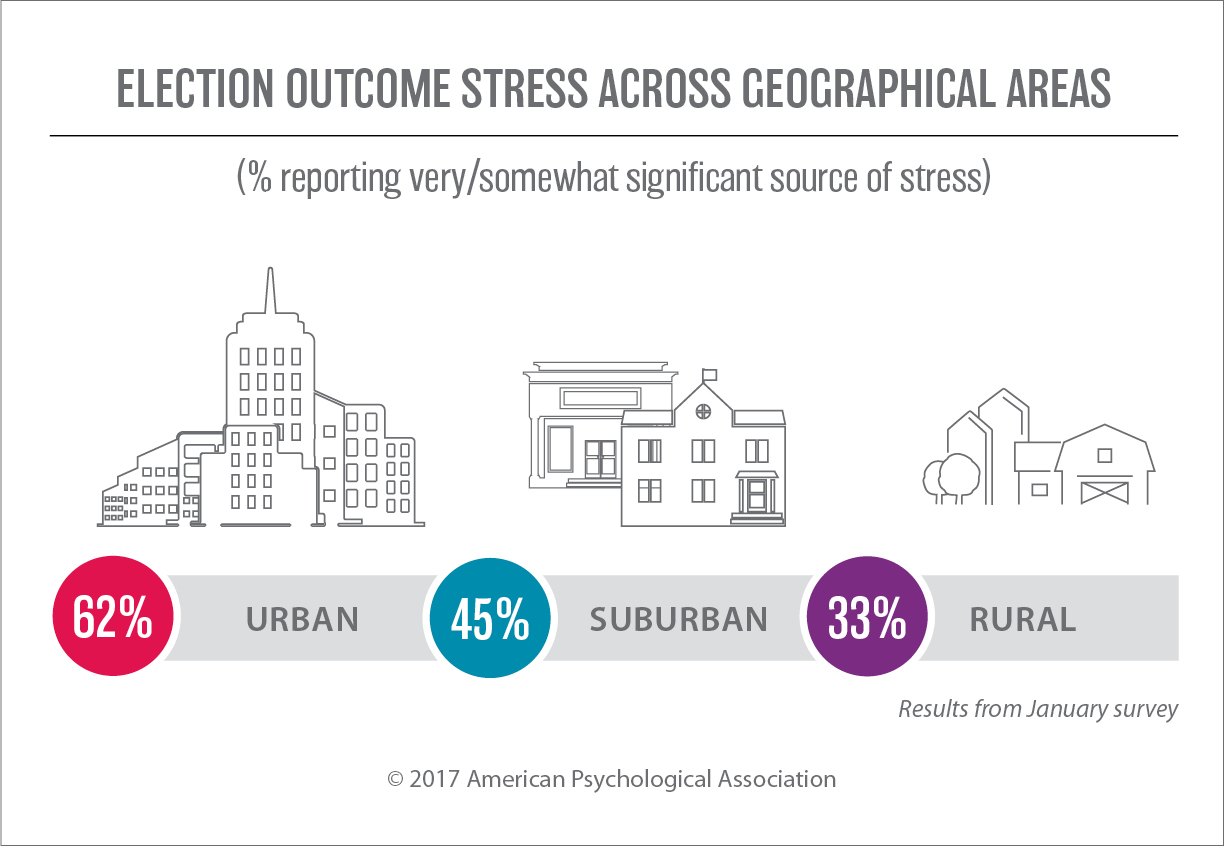
I don't cause stress and don't want my brand associated with it.
I relieve stress for companies and that's the type of content I create.
Getting political can create a furor over your brand.
That's what happened to Grubhub after its CEO released a letter about the 2016 Presidential election.

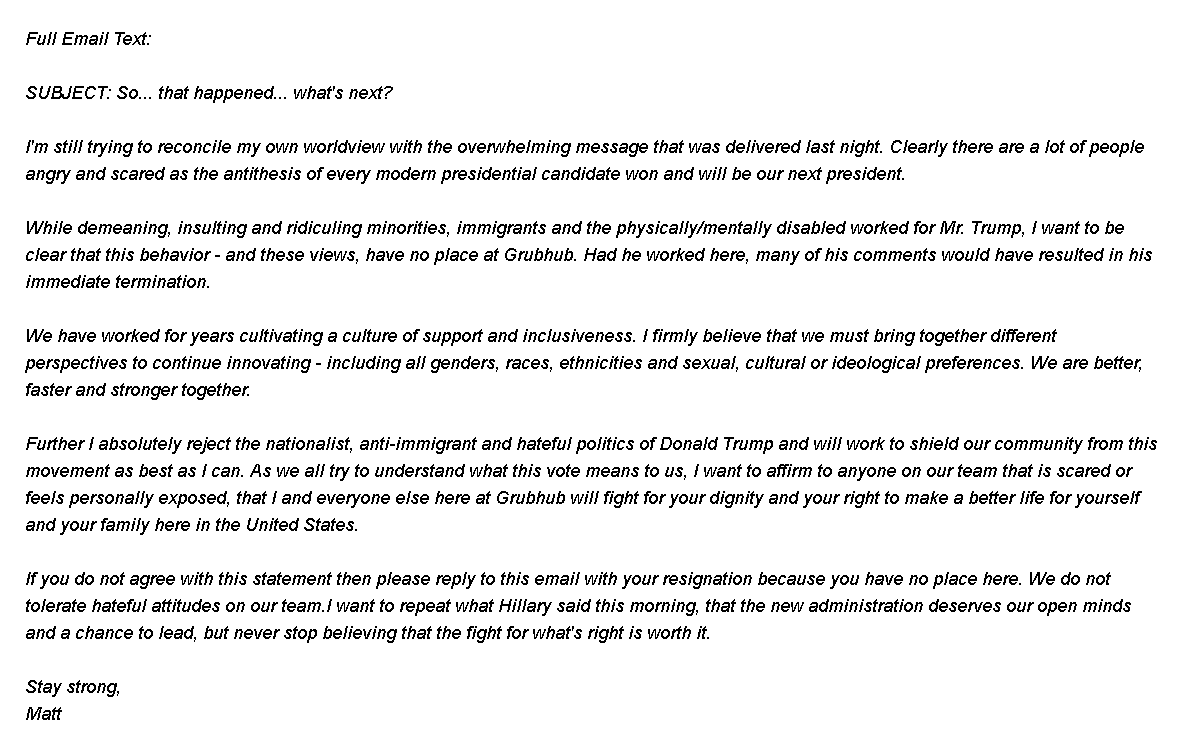
Politics are divisive, and it's not up to you as an entrepreneur or executive to get involved.
There are politicians (and more political analysts than is ever necessary) to do that.
Focus your content on your brand and business.
6. Never stray off-brandIt's important to maintain a brand image.
That's why Disney is so protective of its stars' reputations.
It also sparked the reputation management industry.

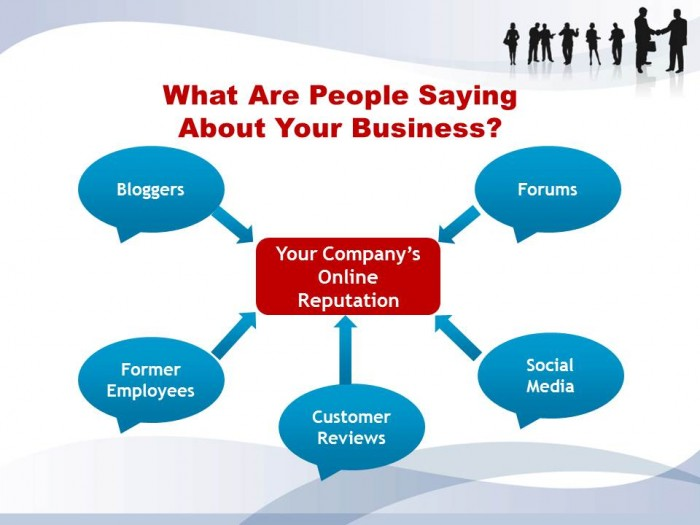
Businesses, executives, and entrepreneurs constantly create content, but it's important to stay on brand, or you'll be remembered for the wrong reasons.
United Airlines, for example, created a media storm when its flight attendants forcibly removed a passenger from an overbooked plane.
Its stock dropped as its brand's reputation for customer service was tarnished.

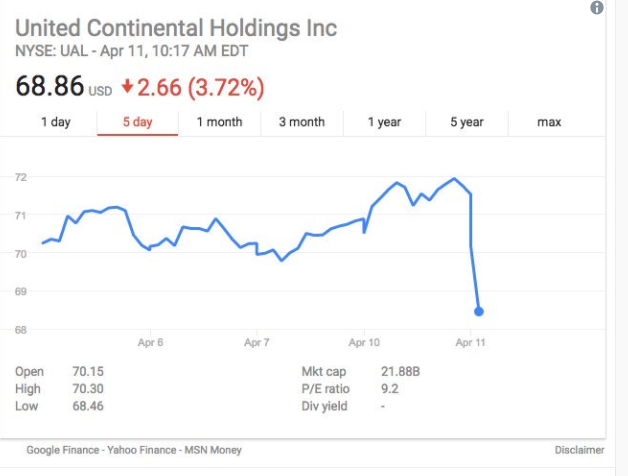
Soon after, the CEO released a statement praising the employees, which made things even worse.
United Airlines lost consumer confidence from a PR nightmare that drove its brand into the ground.
Don't make the mistake of allowing any off-brand content to overshadow your true brand.
7. The Internet doesn't forgetAnother major faux pas during the 2016 election was Uber's CEO discussing politics.
The company was already under fire for failing to pay drivers enough.
It finally became too much, and the Internet fought back with a #DeleteUber campaign.
In January 2017, Lyft app installs surpassed Uber for the first time.
In fact, Lyft has been on the upswing and has gained market share ever since.

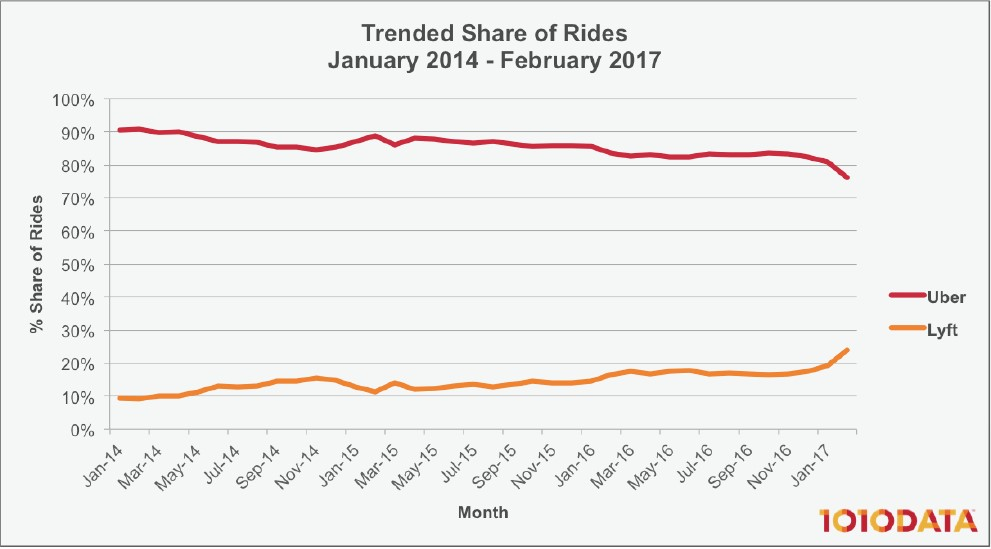
Understand that one bad piece of content can ruin your entire company.
A lot of Uber's rabid fanbase stuck to ride-sharing over taxis, but are now using a competitor.
Don't be Uber. Be Lyft!
By July 2017, Fortune magazine predicted that Lyft will eventually overtake the industry leader.
According to Internet World Stats, there are over 320 million Internet users in North America.

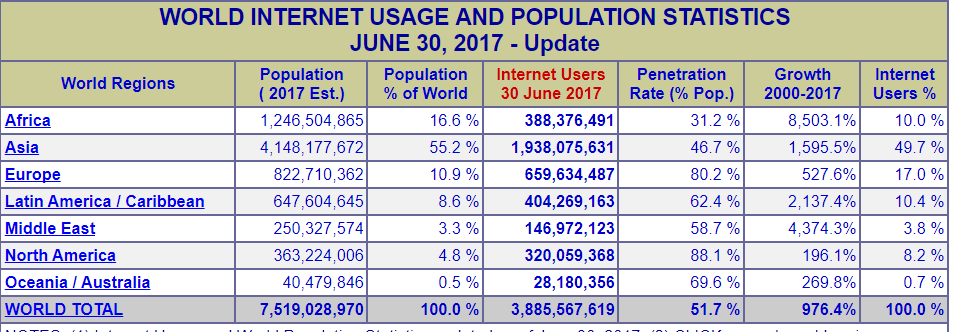
Don't offend these people and assume they'll forget.
Even if content is deleted, it'll be archived on the Wayback Machine at archive.org.


This page indexes over 305 billion web pages for prosperity even after they're deleted or removed from search engines.
Before publishing any content, make sure you're ready for it to be a permanent part of your brand.
8. Bad timing makes for bad brandingAnother way to ruin content is to release it at the wrong time.
Content marketing is often time-sensitive.
You realize it's bad to release a Christmas gift guide in March, but what about random events?
Take Cinotti's Bakery's Hurricane Irma doughnuts.


These donuts are fun and the artist did a great job.
It's nice to see entrepreneurs rushing to rebuild from the devastation, but is this really the way?
Some may find it tasteless to mock a natural disaster that ruined so many lives.
Even several years after the Boston Marathon attack, Adidas caught backlash for a tweet congratulating survivors.


Sometimes you can't help the timing, but other times, you're simply taking advantage of newsworthy events that you shouldn't.
If you get caught up doing something wrong like this, do the right thing like Adidas and apologize.
Otherwise, your brand may end up being remembered for all the wrong reasons.
9. You can't win without keeping scoreNever start any digital marketing project without ways to quantify data.
Reporting is important to show an ROI.
Content platforms like YouTube offer their own analytics.
You can see it in your Creator Studio.

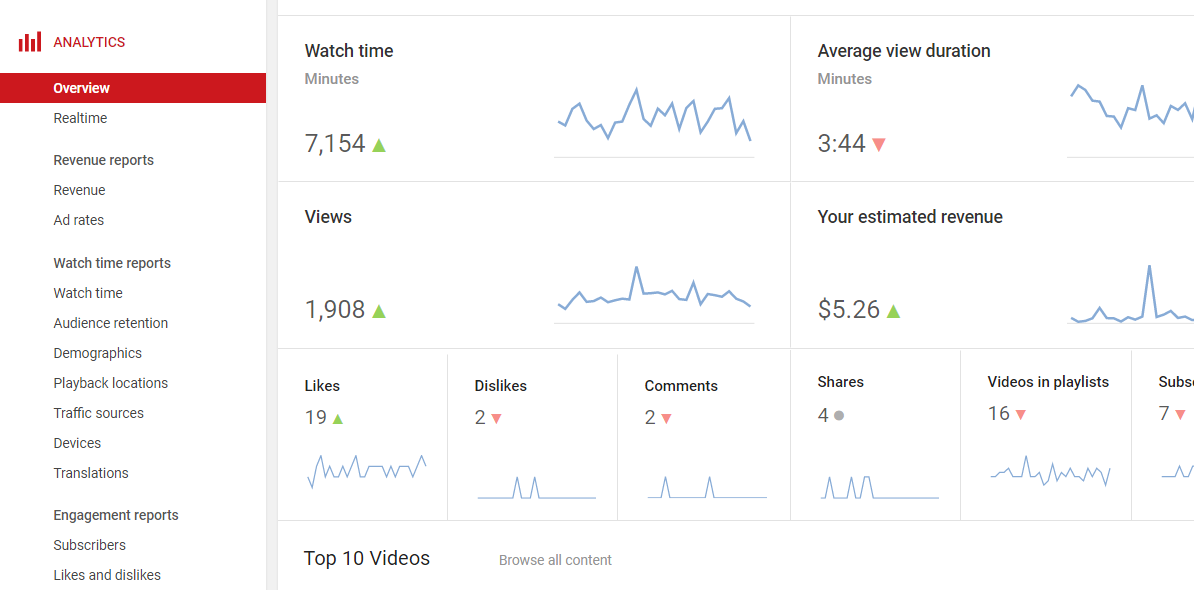
These reporting tools are great, but not every platform has them.
If they do, they don't always offer them.
When I contribute to Huffington Post or Forbes, for example, I don't get traffic reports from them. I have to find out on my own.
Google Analytics is a great tool to check your own website traffic reports.

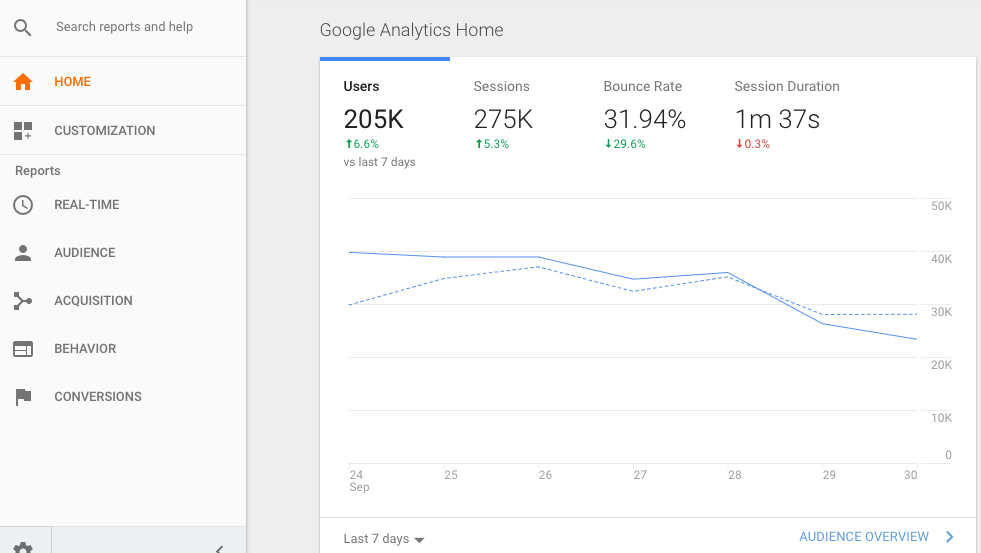
But what if you can't access the Google Analytics for a page of your site, like a guest blog post?
You can see inbound traffic from your page for conversions, but you want to know the traffic of your guest post.
For that, we use free tools like SEMRush.
You can input the exact page on any website to find detailed information on how it's performing.

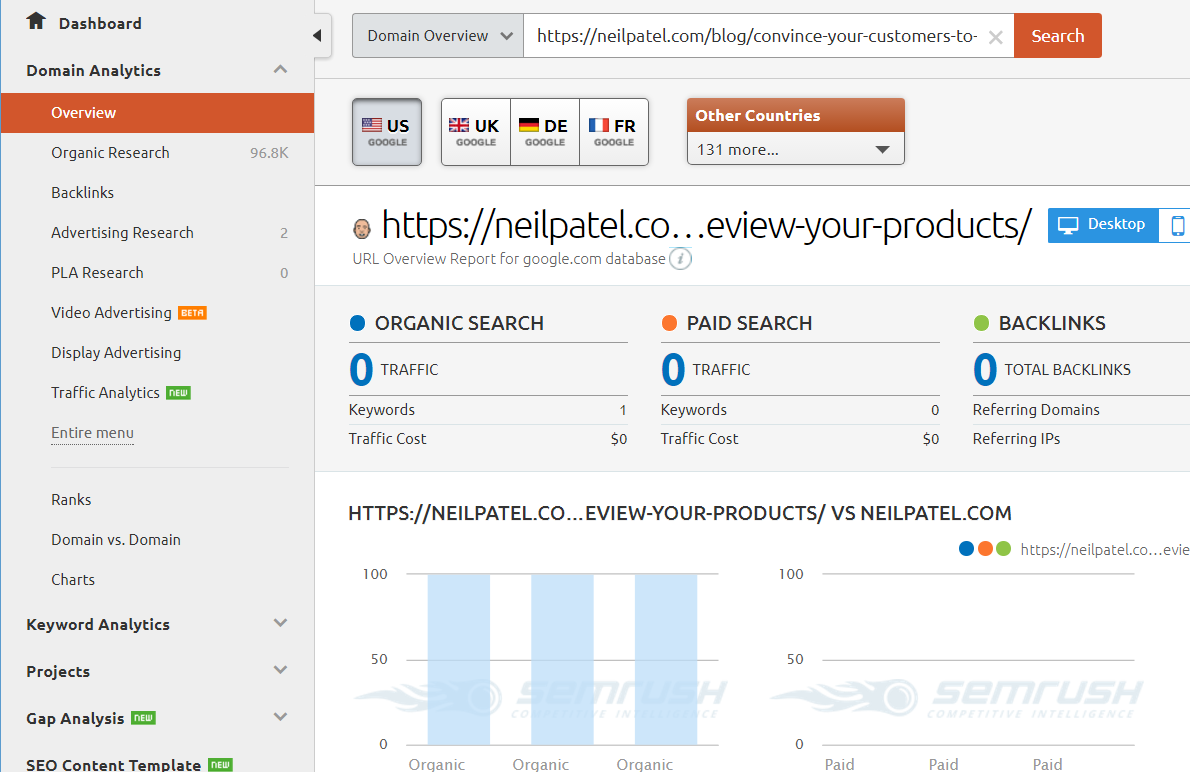
With these analytics reports tied into your Salesforce and other analytics, you'll see a broad picture of your marketing ROAS.
Without these analytics, you're flying blind and can't quantify the success or failure of your content marketing efforts.
10. Don't take on more than you can chewEverybody wants to start a blog, run some commercials, get a podcast going, start a YouTube commercial, and be active on social.
About 90% of B2B companies alone utilize content marketing according to the Content Marketing Institute.

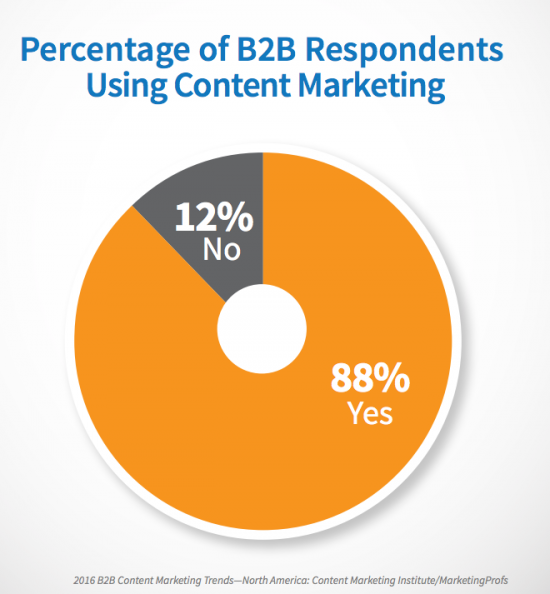
In fact, the same study shows that companies are using content on an average of 13 channels.
That's a lot of directions in which to focus your time.
When this much content is created, there's a risk of it going down in quality.

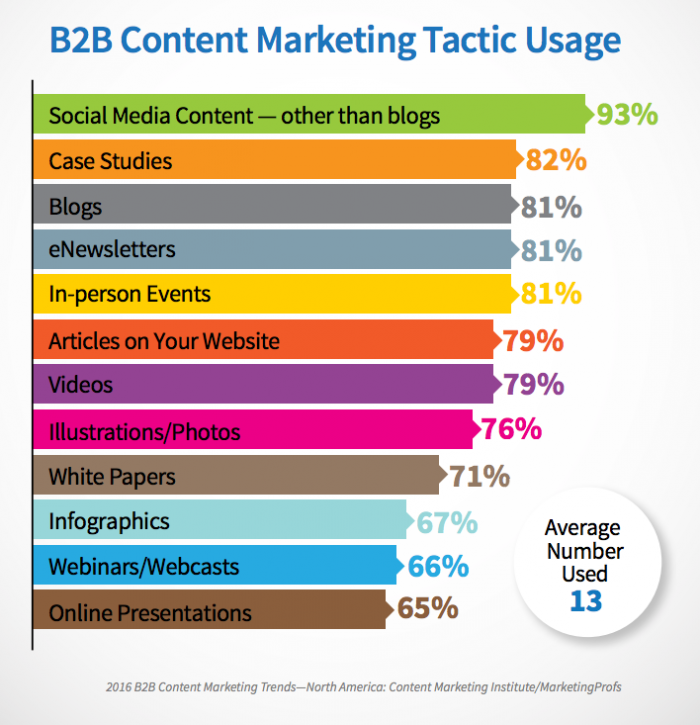
It sounds easy, but it isn't.
It takes a team of professionals to keep all of these marketing initiatives running.
I use professional videographers for my YouTube videos.
This ensures that I can scale up my content efforts without diminishing quality.
Of course, there are risks to building a team as well.
11. Teams fail without directionBecause I have remote workers, I use tools like Slack to communicate with them.

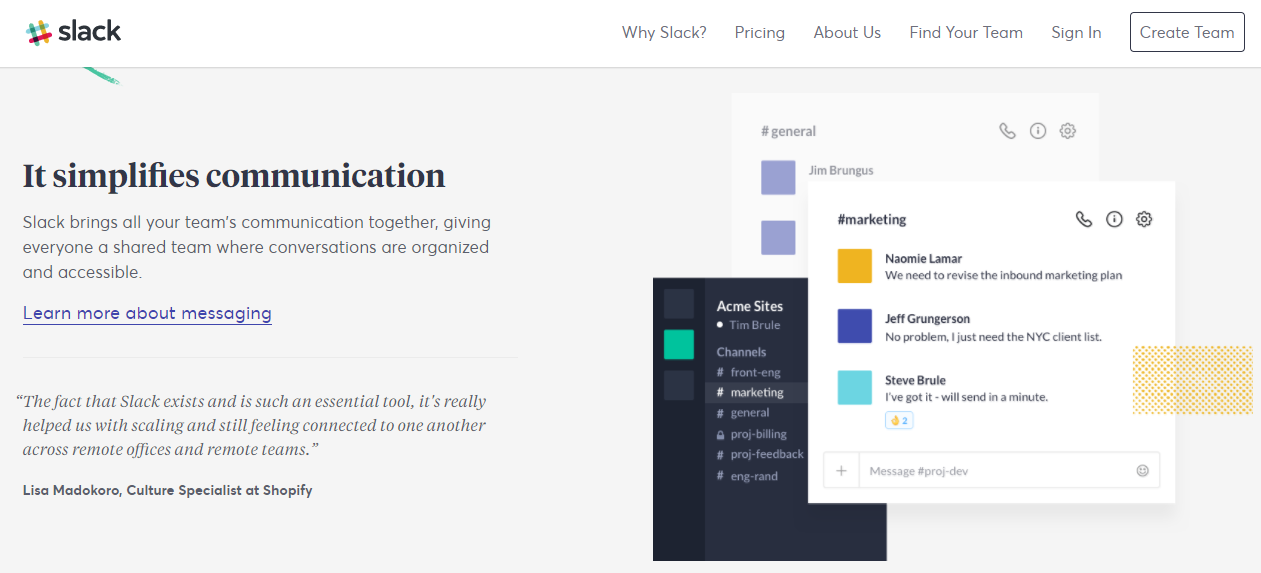
Slack is a cloud-based messenger system that allows us to communicate securely with whomever necessary.
Group chats are set up, and notifications are sent to keep people working in different time zones.
Because of Slack, I'm able to stay organized and communicate directives to my team.
I also regularly use Trello.
Because I publish so much content, I set up a system to track each blog post's progress.
After I write a draft, I move it through various columns until it's published.
Trello makes it easy for groups to collaborate on projects without losing track of who's working on what.
12. Never underestimate your audienceToday's audiences are smarter than ever.
Millennials born during the Internet age are the largest generation, according to Pew Research, and many still live with their parents.

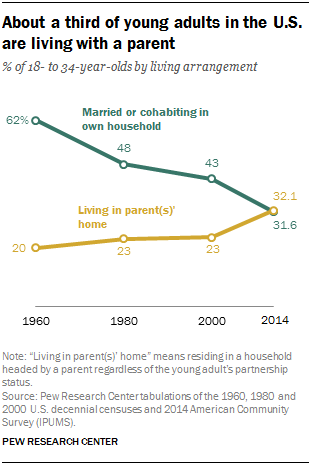
Can you imagine how this generation would respond to content mocking people living with their parents?
Every generation has different trends.
Kids today love fidget spinners.

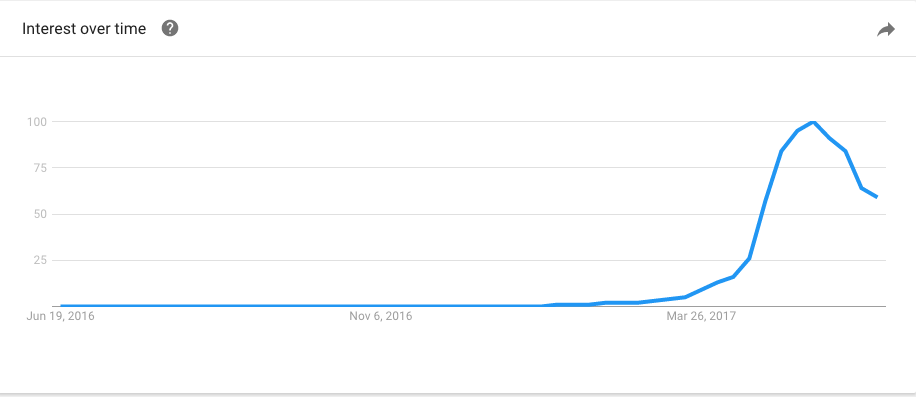
Of course, it's not new technology, but mocking these toys could turn these people against you.
Remember your favorite childhood toys like Transformers and Teenage Mutant Ninja Turtles?
You're likely to like someone who shares that interest, so keep that in mind.
Don't try to disguise marketing — create genuinely useful content.
If you underestimate your audience, you create the Kendall Jenner Pepsi fiasco.

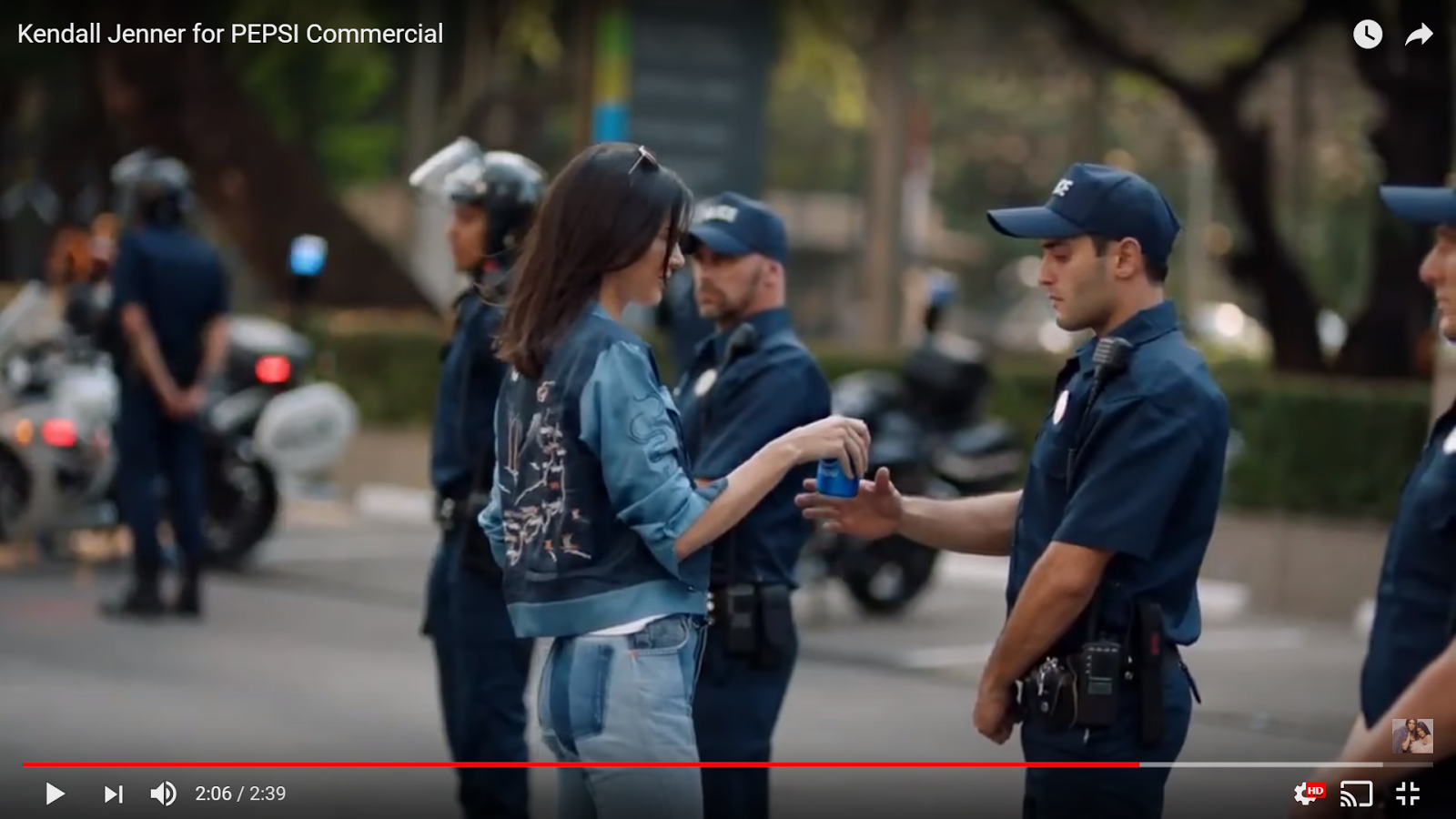
Content marketing mistakes like this from an influencer and model can be devastating.
Avoid these mistakes by respecting your audience's intelligence.
13. Be careful what assertions you makeAnd the last point is an important one.
It's important to take a stance when creating content.
After Pepsi's mistake, Heineken scored a brand win by mocking the ad with an ad of their own.


Marketers and audiences applauded the beer company's shot at the soda company.
People love to see justice unfold before their very eyes.
Although they're not seemingly direct competitors, Heineken's response signaled an obvious shift in tone and sales for both companies.
This is how your competitors can beat you if you take the wrong stance.
It's happened to me a few times when I took controversial stances.
In a guest blog post I wrote for Forbes last year, for example, I took a stance on going to college.


While skipping college was a great idea at the time, I don't want to discourage young people from following their dreams.
For some people, that means going to college.
Taking a stance on such a personal subject was hard for me. I didn't want to be judged.
But, baring our souls is what we do as writers, so I took the plunge.
I don't regret this stance, but I also didn't get the type of backlash other content marketers have from taking a stand.
Before you publish any content where you take a stance, make sure it's one you want to take.
In The Beatles Anthology, they were asked if they have any regrets, and George Harrison replied he's simply glad that their catalog was about love.


Before you publish content, make sure it's something you want everyone to see
Make sure it's a stance you'll be proud of in 20 years because people will remember it.
Content is like a tattoo — it sticks with you, and people don't always like their art as it ages.
Keep this in mind when making content.
ConclusionContent marketing is one of the most popular forms of digital marketing.
It's a great way to reach your audience and build your brand image organically.
From magazines and TV shows to live events and more, it's the in thing to do. It's also extremely profitable if you do it right.
Jumping on the bandwagon and publishing content without research, however, can have disastrous results.
Be sure to avoid making the same costly mistakes the brands mentioned above have.
If you blindly focus on creating content with no direction or audience research, you can end up in a lot of hot water.
Keep your eyes and ears open and only follow trends if they make sense for your brand.
I've made a few content marketing mistakes in my career. This article pointed out a few others who made their own mistakes.
What content marketing mistakes have you made?
Source: 13 Embarrassing Content Marketing Mistakes to Avoid at All Costs
No comments:
Post a Comment